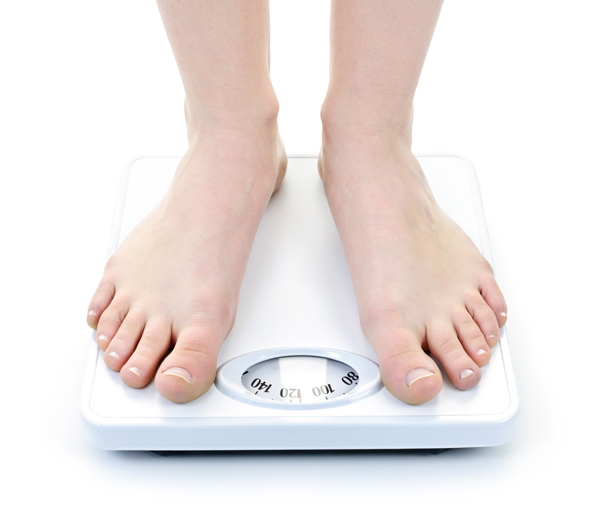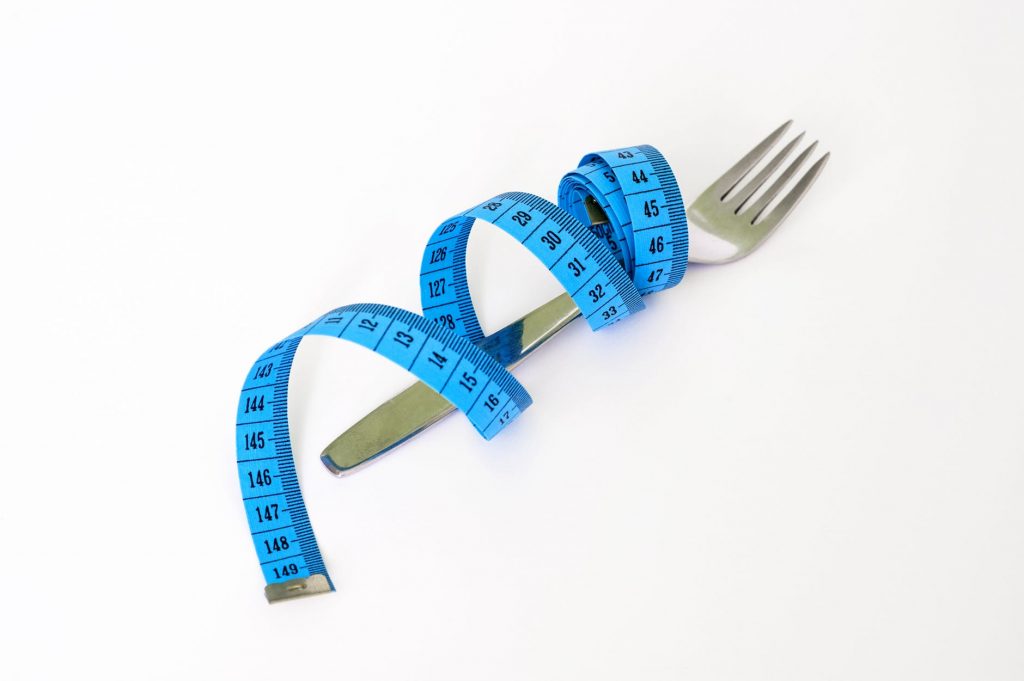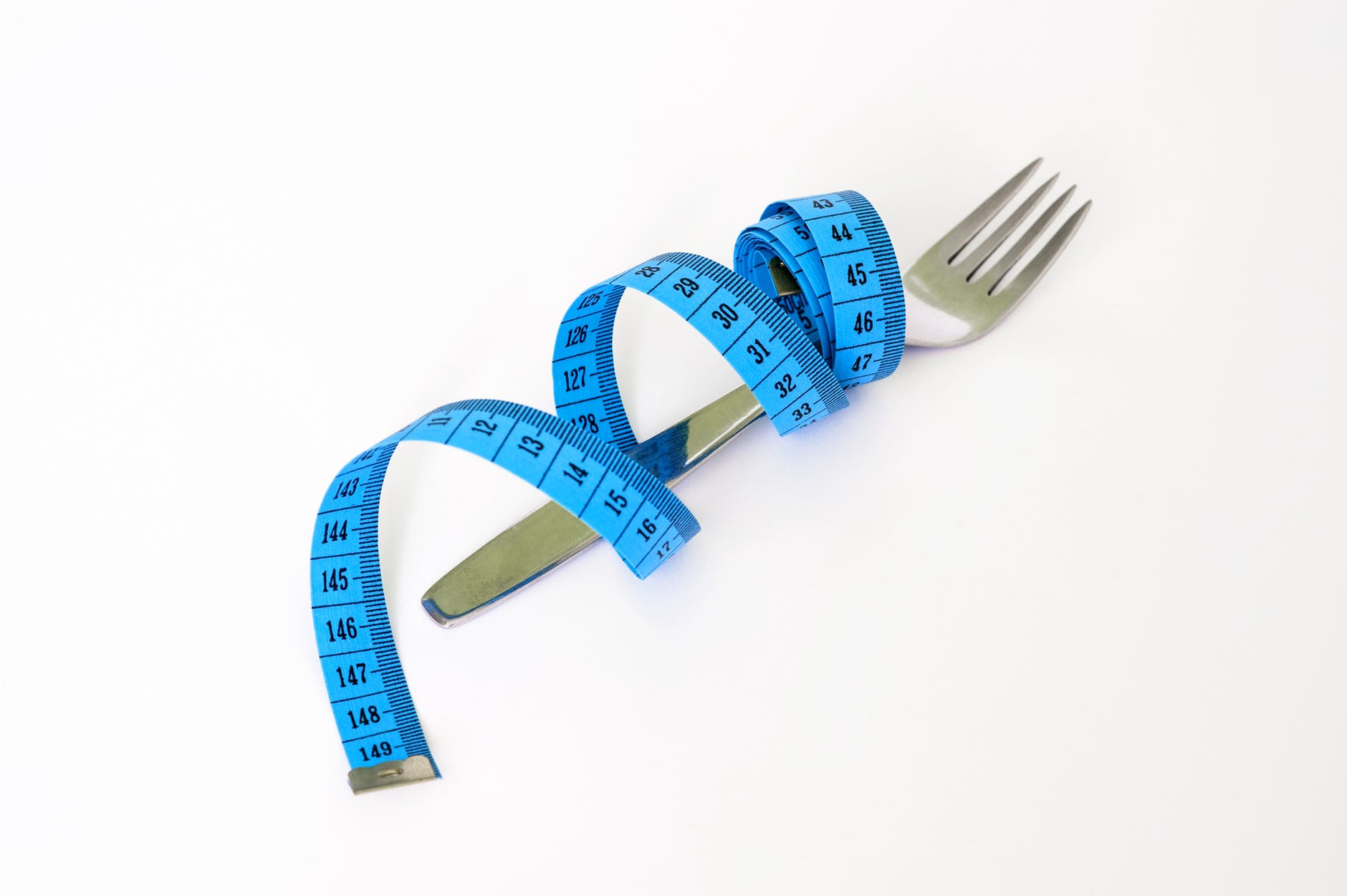Weight Loss Myths
 Like Cicero coining the phrase “Ipse dixit” (“He, himself, said it”) in reference to the mathematician Pythagoras, we tend to appeal to the pronouncements of the master (in our society, celebrities and the media) rather than to reason or evidence. After all, if Jillian Michaels from TV’s The Biggest Loser or any other celebrity trainer says it’s so, it must be so, right? This has led to the proliferation of many myths in the weight-loss and fitness industry. Why do we think or claim we know things that we actually do not know? There are so many passionate people in the weight-loss and fitness industry, which is great, but oftentimes that passion gets in the way of science. And that can be dangerous. Do you know your weight-loss facts from fiction?
Like Cicero coining the phrase “Ipse dixit” (“He, himself, said it”) in reference to the mathematician Pythagoras, we tend to appeal to the pronouncements of the master (in our society, celebrities and the media) rather than to reason or evidence. After all, if Jillian Michaels from TV’s The Biggest Loser or any other celebrity trainer says it’s so, it must be so, right? This has led to the proliferation of many myths in the weight-loss and fitness industry. Why do we think or claim we know things that we actually do not know? There are so many passionate people in the weight-loss and fitness industry, which is great, but oftentimes that passion gets in the way of science. And that can be dangerous. Do you know your weight-loss facts from fiction?
Myth: You have to exercise in your fat-burning zone to burn fat and lose weight.
People often assume that low-intensity exercise is best for burning fat. Cardio equipment manufacturers contribute to this assumption by posting a “fat-burning” workout option on their front panels, which influences people to choose that option because, after all, people want to burn fat. During exercise at a very low intensity, such as walking, fat does account for most of the energy you use. At a moderate intensity, such as running at 80 percent of your maximum heart rate, fat accounts for only about half of the energy you use. While you use both fat and carbohydrate for energy during exercise, these two fuels provide that energy on a sliding scale—as you increase your intensity, the contribution from fat decreases while the contribution from carbohydrate increases. While you use only a minimal amount of fat at higher intensities, the number of calories you use per minute and the total number of calories you expend are much greater than when you exercise at a lower intensity, so the amount of fat you use is also greater. Research has shown that the highest rate of fat use occurs when you exercise at a hard aerobic intensity (Achten et al. 2002; Astorino, 2000; Knechtle et al. 2004). What matters is the rate of energy expenditure rather than simply the percentage of energy expenditure derived from fat. Since you use only carbohydrate when you exercise at a high intensity, does that mean that if you run fast, you won’t get rid of that flabby belly? Of course not.
Despite what most people think, you don’t have to use fat when you exercise to lose fat from your waistline. The little amount of fat that you use in combination with carbohydrate during moderate-intensity exercise is in the form of intramuscular triglycerides—tiny droplets of fat within your muscles. Adipose fat (the fat on your waistline and thighs) is burned during the hours before and after your workouts while you’re sitting at your desk. For fat and weight loss, what matters most is the difference between the number of calories you expend and the number of calories you consume. So don’t worry about exercising in your fat-burning zone, because there’s no such thing.
Myth: Working out first thing in the morning on an empty stomach burns more fat.
Muscles will indeed use more fat if you exercise when your blood glucose is low, as it can be first thing in the morning after an overnight fast. But burning more fat during your workout doesn’t necessarily mean that you will lose more weight. Exercising when fasted before breakfast doesn’t reduce the total number of calories you consume throughout the day, and doesn’t allow you to cheat the laws of caloric balance; at the end of the day, you still have to have a caloric deficit to lose fat.
When you exercise first thing in the morning before breakfast, your muscles don’t just rely on fat immediately. When exercising at a low or moderate intensity, they’ll use some fat, just like they would when you exercise at any other time of the day. But they’ll also use whatever carbohydrate is available from blood glucose and stored glycogen because carbohydrate is the muscles’ preferred fuel. When you run out of glucose, your muscles will then start to rely more heavily on fat. But exercising on an empty stomach with low blood glucose decreases the intensity at which you can exercise, which results in a lower-quality workout and less total calories burned. For weight loss, it really doesn’t matter if the calories you burn when you exercise come from fat or carbohydrate; how many total calories you burn is what matters.
Myth: Resistance training increases resting metabolic rate.
Perhaps the biggest myth in the fitness industry is the issue of resistance training increasing resting metabolic rate by increasing muscle mass, which leads to greater weight loss. Although it is true that resting metabolic rate is influenced by the amount of muscle you have, you would have to add a lot of muscle to significantly impact your resting metabolic rate. It’s not like you can add 10 pounds of muscle (which is very difficult to do unless you train like a bodybuilder for many months) and all of a sudden your resting metabolic rate is double what it was before. There’s about a 10-calorie increase in metabolic rate for every pound of muscle. So, if your resting metabolic rate is 1,500 calories per day, you would need to add 15 pounds of muscle mass to increase it by 10 percent. Resistance training can make you look better because of the effect it has on your muscles, but it won’t really impact your resting metabolic rate much. As you lose weight, your resting metabolic rate actually decreases, even when you maintain muscle mass by resistance training. Exercise can prevent the decline in resting metabolic rate as you lose weight, but it certainly does not increase as you lose weight.
Humans’ resting metabolic rate—the amount of energy you need to stay alive—is pretty stable, having been set by millions of years of evolution. Lifting dumbbells in a gym or doing burpees in the park is not going to change that. Some studies have shown an increase in resting metabolic rate following many weeks or months of exercise, but the magnitude of change is relatively small (about 30 to 142 calories per day) compared to what is needed for weight loss (Dolezal & Potteiger 1998; Poehlman & Danforth 1991). And some of these studies have been done on seniors, who are more likely to show increases in resting metabolic rate due to the attenuating effect of exercise on age-associated losses in muscle mass. It’s much easier to impact muscle mass and thus resting metabolic rate in an older person than in a younger person.
Myth: Intense workouts contribute to weight loss by burning more calories after the workout is over.
Ever since the fitness industry found research showing that people burn calories after they work out while they recover from their workout, a whole new argument was born. Exercise stopped being about the exercise and became about what came after. “Do this workout,” trainers and gurus say, “because you’ll burn four times as many calories for up to 48 hours afterward.”
After some workouts, specifically those that are intense or long, you continue to use oxygen and burn calories because you must recover from the workout, and recovery is an aerobic, oxygen-using process. This increased oxygen consumption following the workout is called the EPOC (Excess Postexercise Oxygen Consumption).
Many studies have documented the EPOC and compared it and its associated post-workout calorie burn between exercise of different intensities and durations (Laforgia et al. 1997; Treuth et al. 1996; Tucker et al. 2016). However, the post-workout calorie burn caused by the EPOC is a highly overexaggerated issue among fitness trainers. The increase in metabolism is transient, perhaps lasting a few hours, depending on how intense the workout was. The unbridled optimism regarding the EPOC in weight loss is generally unfounded. Studies have shown that the EPOC comprises only 6 to 15 percent of the net total oxygen cost of the exercise, and only when the exercise is very intense (Laforgia et al. 2006). Since unfit individuals recover more slowly than fit individuals, the EPOC will be higher in unfit individuals. However, most unfit individuals simply can’t handle the intensity of exercise that is required to induce a high or prolonged EPOC.
The calories you burn when you exercise have a greater effect on your body weight than the calories you burn afterward. It is the workout itself that creates the demand for change.
 Myth: Nutrition (diet) is more important than exercise for losing weight and looking good.
Myth: Nutrition (diet) is more important than exercise for losing weight and looking good.
I hear a lot in the fitness industry about the importance of clean eating. Indeed, most fitness professionals quote that physical appearance is 80 percent due to nutrition and 20 percent due to your workouts. I don’t know where those numbers come from, but those percentages are unknowable.
If we are to assign a relative importance to each, it’s presumptuous to think that the specific foods we eat are more important to our health, fitness, and cosmetics than are genetics and training. People like to claim that abs are made in the kitchen, but the truth is that muscles are made by training them. I’m pretty sure I didn’t get my sculpted legs and ass from eating kale salads; I got them from running 6 days per week for 33 years.
This is not to say that a person’s diet doesn’t matter. Of course it does. But to place such a large emphasis on diet over exercise misses an important point—cutting calories and eating a more nutritious diet does not make you fitter. Although your nutrition is undoubtedly important, it doesn’t give your muscles a stimulus to adapt. Only exercise can do that and thus give you all of the fitness and health benefits. The sculpted legs of runners and upper bodies of fitness magazine models didn’t get that way just by eating fruits and vegetables.
Truth is, you need both diet and exercise. Diet gets your weight off, especially initially, and exercise keeps it off. To lose weight, you must consume fewer calories each day. To maintain weight, you must exercise on most, if not all, days of the week. Research has shown that body weight and body mass index are directly proportional to the amount of exercise people do (Williams & Satariano 2005; Williams & Thompson 2006).
If we take two people, and one eats perfectly clean with a nutrient-dense diet and no processed foods but doesn’t exercise much, and the other exercises a lot but has a mediocre diet with the occasional Twinkie or chocolate chip cookie, who is going to look better and be fitter? I hope you said the latter. Truth is, exercise and genetics exert a greater influence on how you look (and on your physical performance) than your diet does.
Jason Karp is the creator of the REVO2LUTION RUNNING certification, 2011 IDEA Personal Trainer of the Year, and recipient of the 2014 President’s Council on Fitness, Sports & Nutrition Community Leadership Award. A PhD in exercise physiology, he has more than 200 publications, mentors fitness professionals, and speaks around the world. His sixth book, “The Inner Runner”, is available in bookstores and Amazon. Visit his website, Run-Fit.com
Article reprinted with permission from Jason Karp. Originally published on Personal Training on the Net (PTontheNet.com).
References
Achten, J., Gleeson, M., and Jeukendrup, A.E. 2002. Determination of the exercise intensity that elicits maximal fat oxidation. Medicine and Science in Sports and Exercise. 34(1), 92-97.
Astorino, T.A. 2000. Is the ventilatory threshold coincident with maximal fat oxidation during submaximal exercise in women? Journal of Sports Medicine and Physical Fitness. 40(3), 209-216.
Dolezal, B.A. and Potteiger, J.A. 1998. Concurrent resistance and endurance training influence basal metabolic rate in nondieting individuals. Journal of Applied Physiology. 85(2), 695-700.
Knechtle, B., Müller, G., Willmann, F., Kotteck, K., Eser, P., and Knecht, H. 2004. Fat oxidation in men and women endurance athletes in running and cycling. International Journal of Sports Medicine. 25(1), 38-44.
Laforgia, J., Withers, R.T., Shipp, N.J., and Gore, C.J. 1997. Comparison of energy expenditure elevations after submaximal and supramaximal running. Journal of Applied Physiology. 82(2), 661-666.
LaForgia, J., Withers, R.T., and Gore, C.J. 2006. Effects of exercise intensity and duration on the excess post-exercise oxygen consumption. Journal of Sports Sciences. 24(12), 1247-1264.
Poehlman, E.T. and Danforth, E. 1991. Endurance training increases metabolic rate and norepinephrine appearance rate in older individuals. American Journal of Physiology Endocrinology and Metabolism. 261: E233-E239.
Treuth, M.S., Hunter, G.R., and Williams, M. 1996. Effects of exercise intensity on 24-h energy expenditure and substrate oxidation. Medicine and Science in Sports and Exercise. 28(9), 1138-1143.
Tucker W.J., Angadi, S.S., and Gaesser, G.A. 2016. Excess postexercise oxygen consumption after high-intensity and sprint interval exercise, and continuous steady-state exercise. Journal of Strength and Conditioning Research. 30(11), 3090-3097.
Williams, P.T. and Satariano, W.A. 2005. Relationships of age and weekly running distance to BMI and circumferences in 41,582 physically active women. Obesity Research. 13(8), 1370-1380.
Williams, P.T. and Thompson, P.D. 2006. Dose-dependent effects of training and detraining on weight in 6406 runners during 7.4 years. Obesity. 14(11), 1975-1984.

